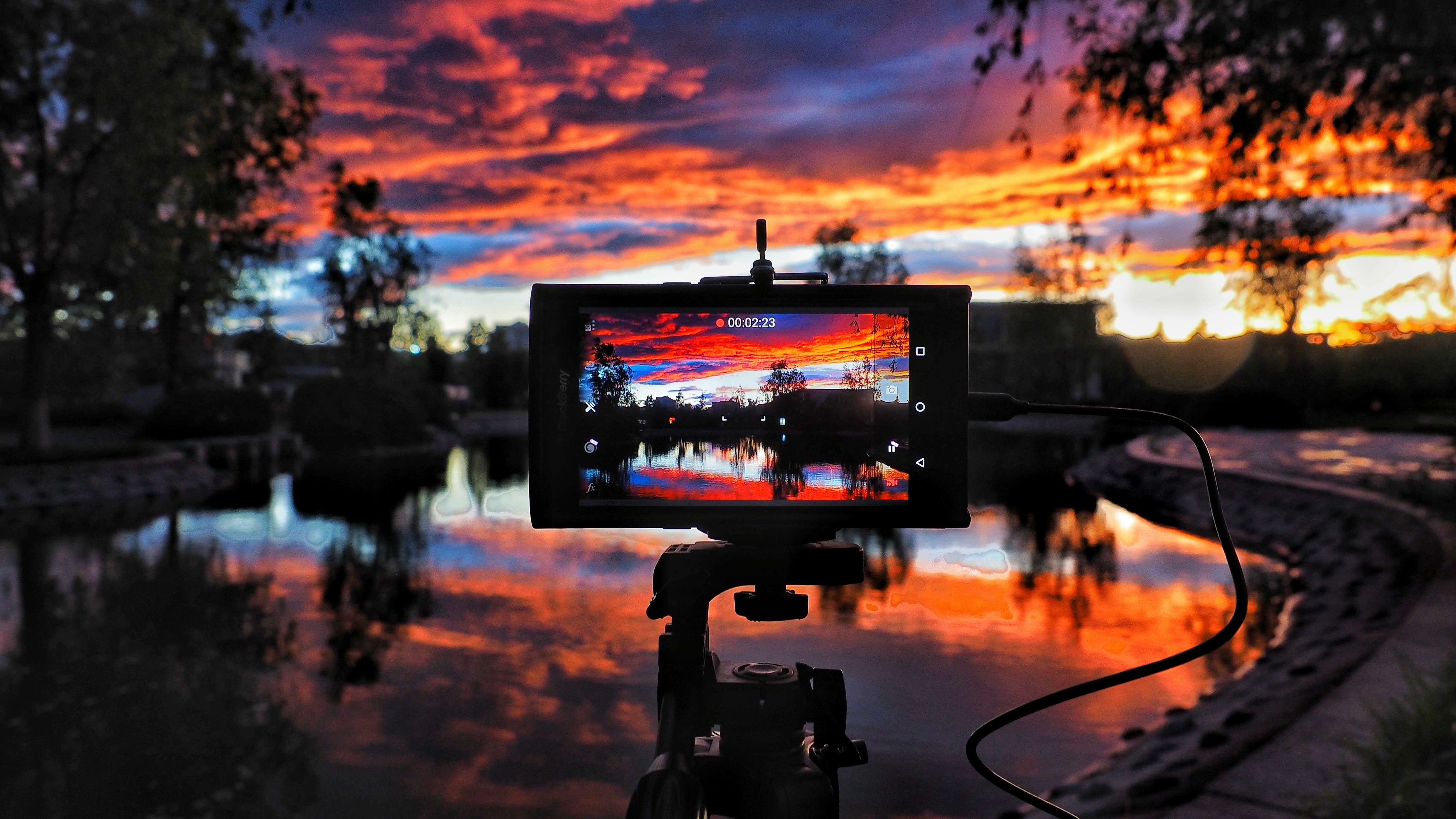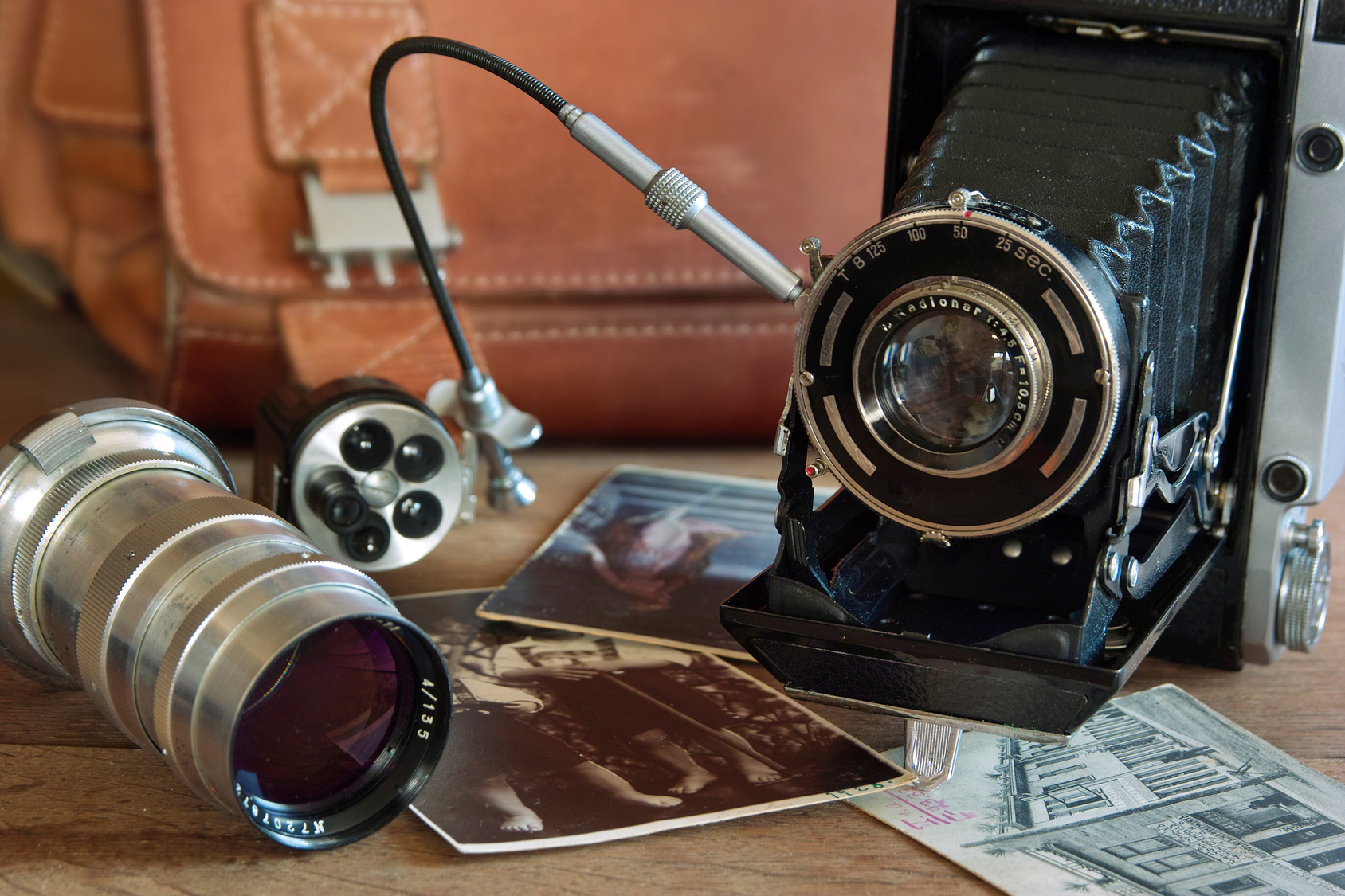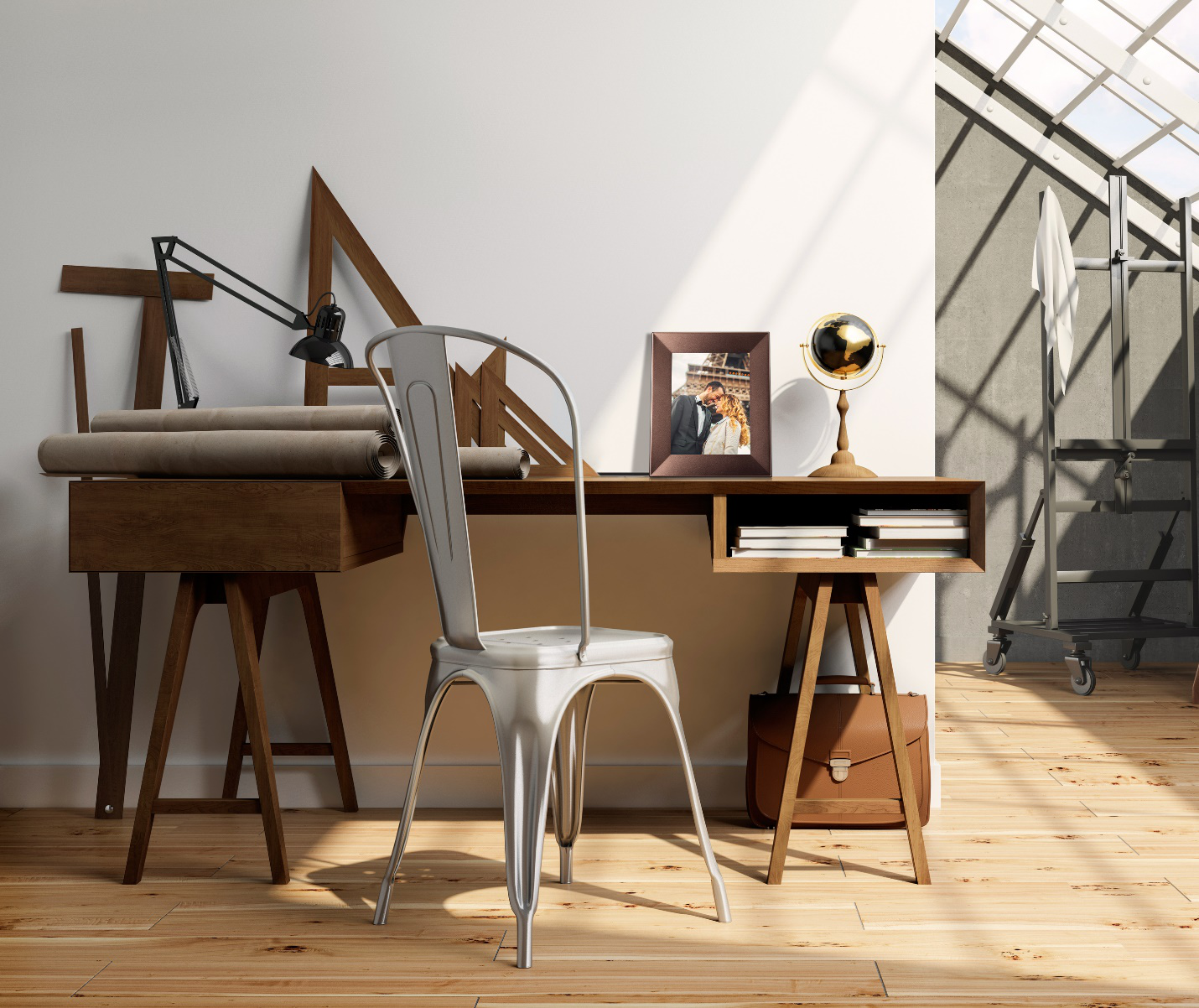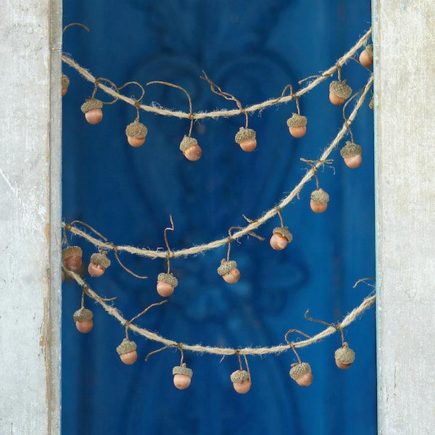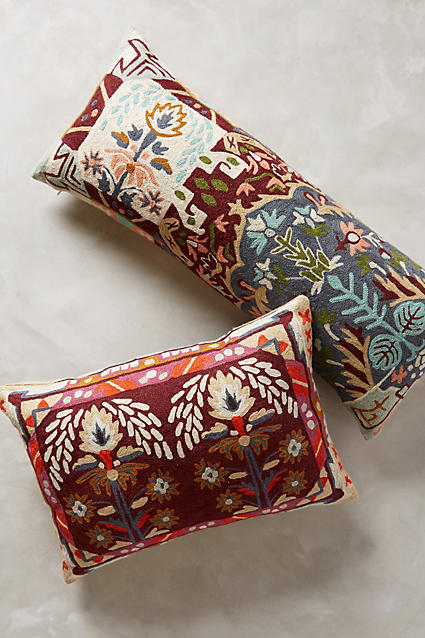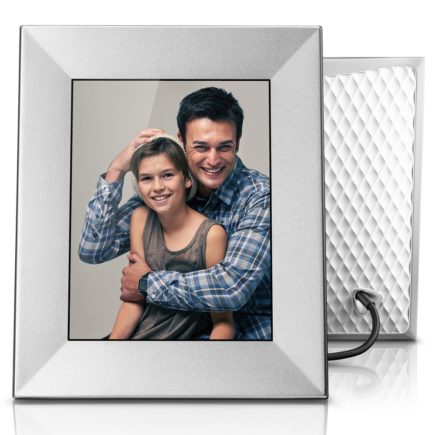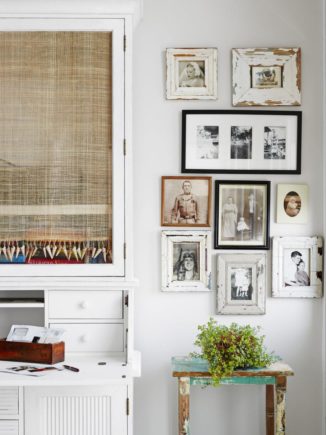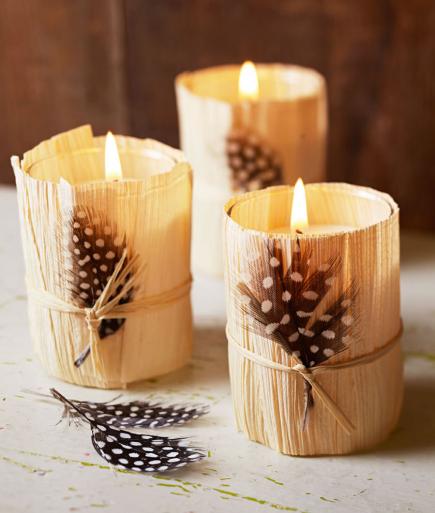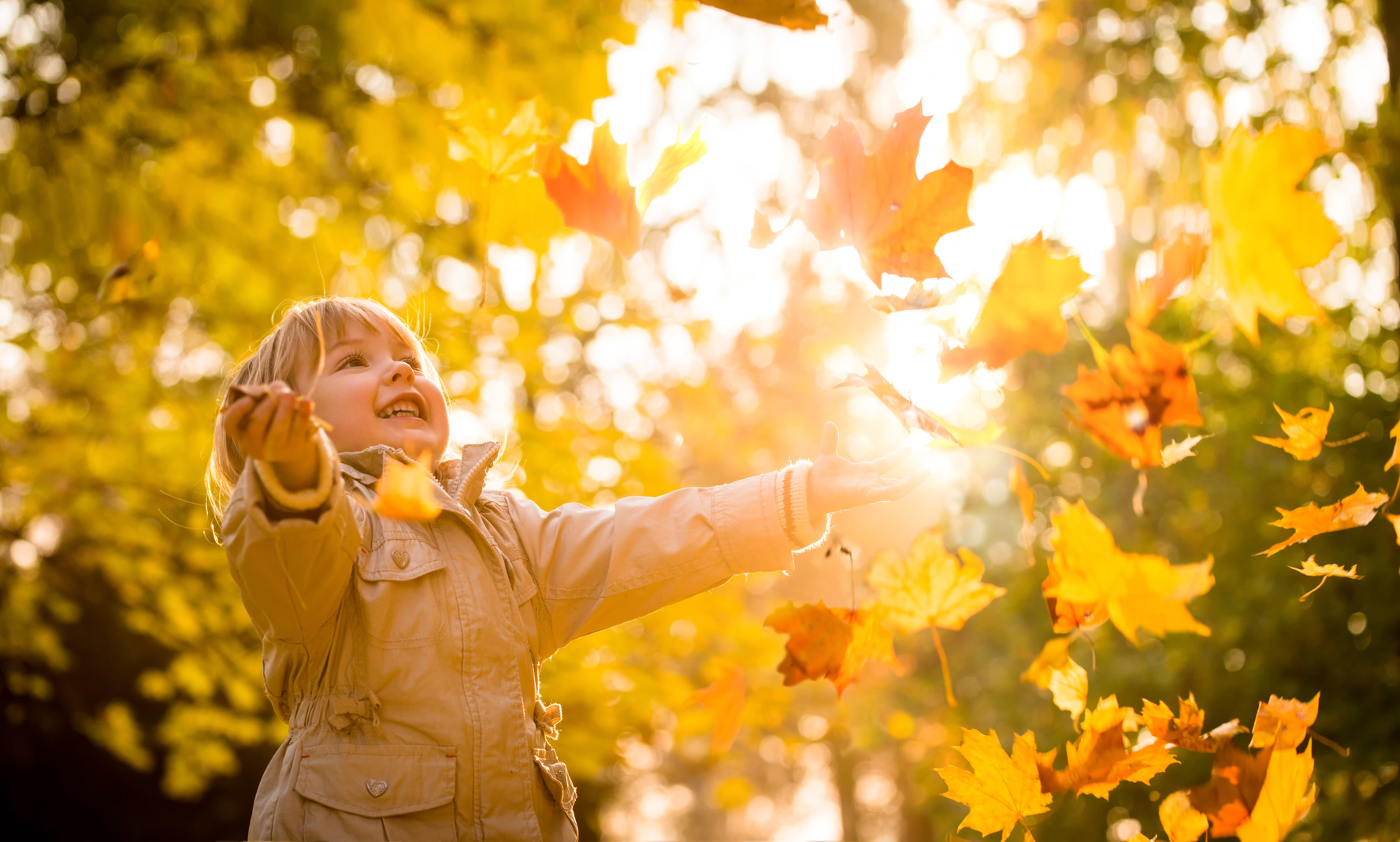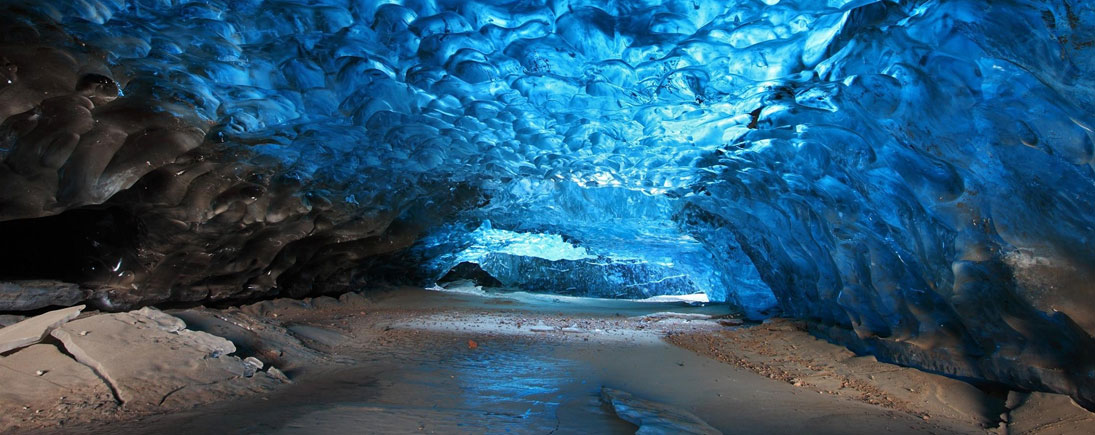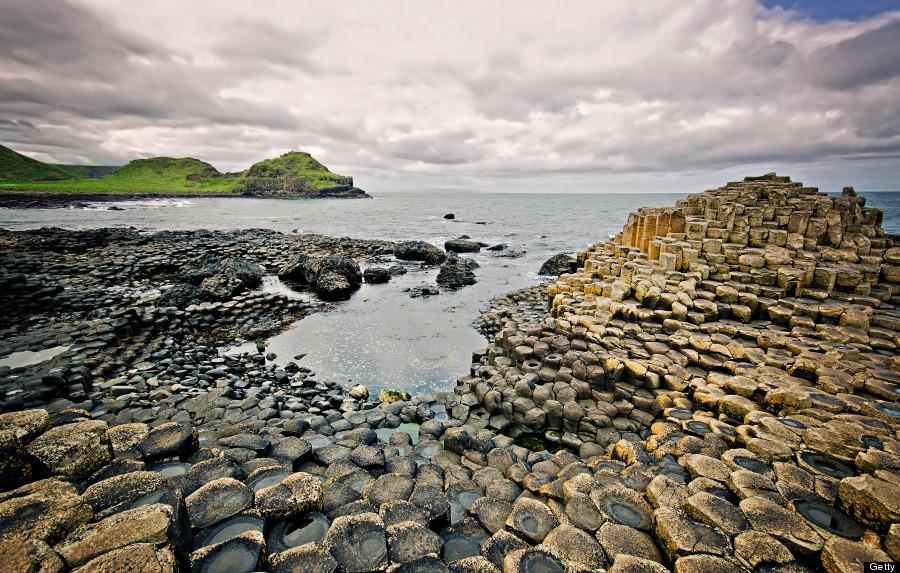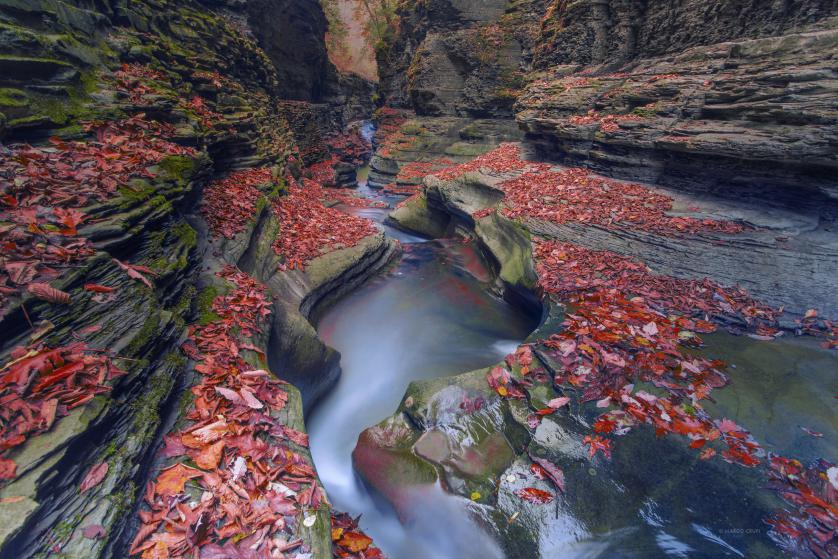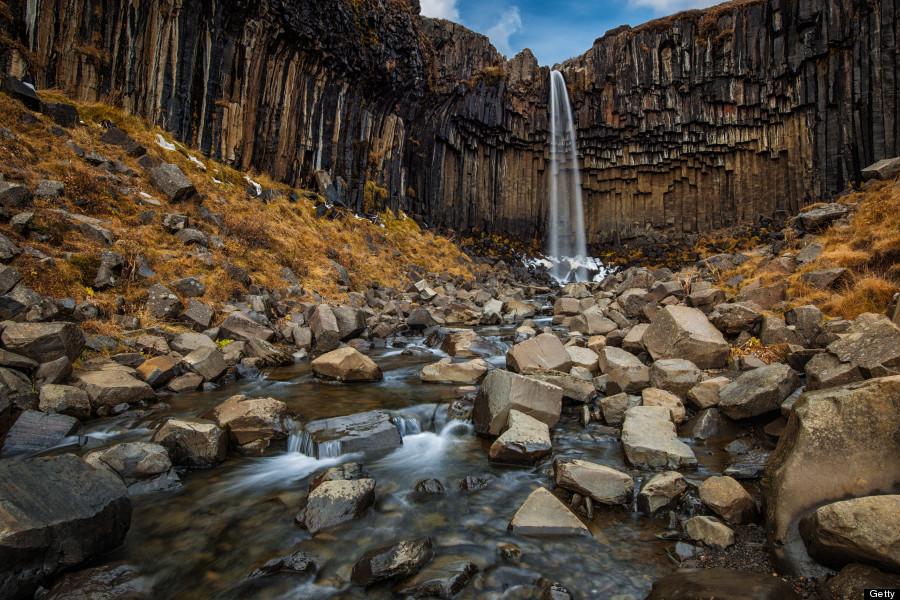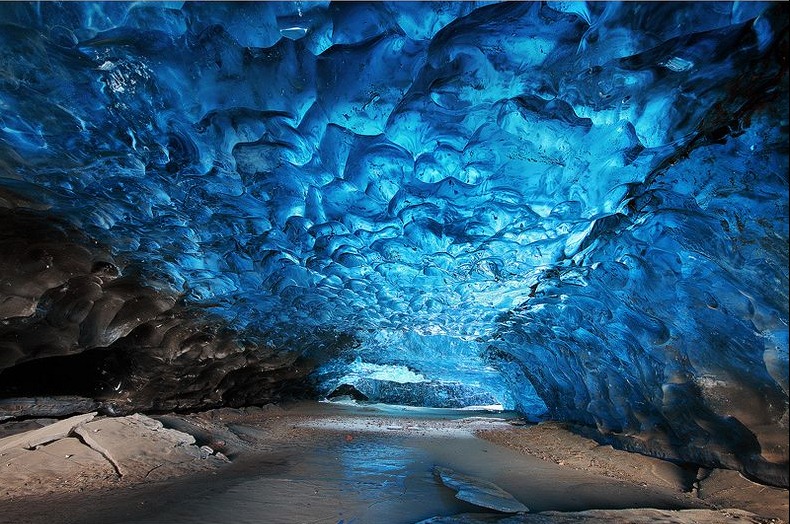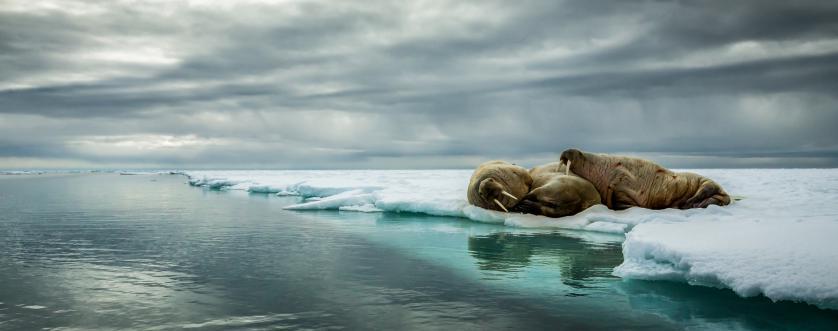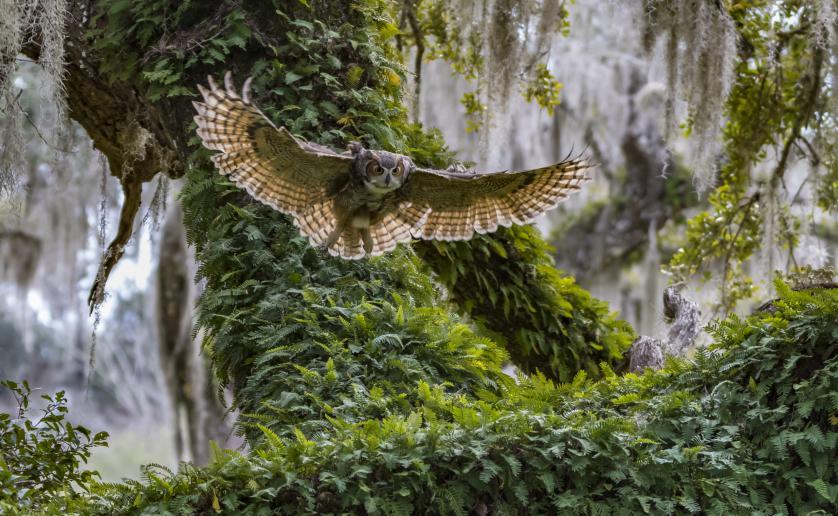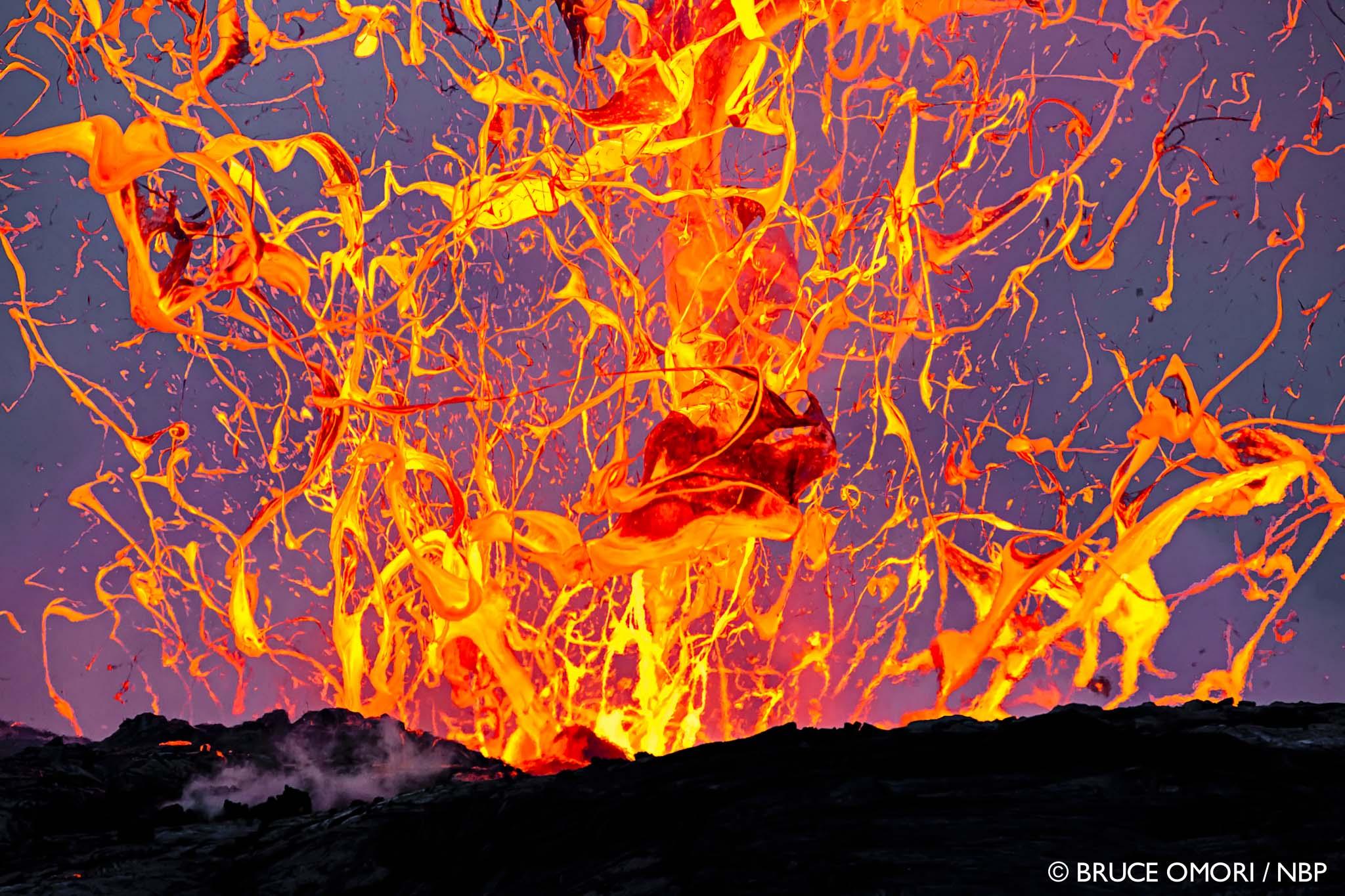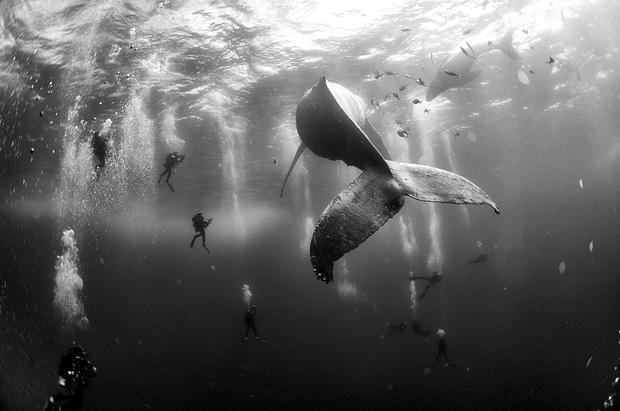Since most of us walk around with a smartphone camera all day, every day, there’s been an explosion of interest in digital photography. Lots of people have upgraded to real cameras, but even smartphone cameras can create great, almost professional quality photographs – if you know certain tricks.
As general interest has grown, so too has the number of websites devoted to helping amateurs and pros alike take better photographs. Here are 10 of the best.
This site is geared toward experienced photographers, offering articles on topics like fixing color casts and lighting objects with flat design drop shadows. It’s especially good for gear-lovers, offering reviews and comparisons of the latest photography products.

This site offers a huge variety of tips and tutorials by a team of writers from around the world. Started by photography enthusiast Darren Rowse, Digital Photography School has weekly tutorials as well as a huge library of how-to articles. Beginner to semi-experienced photographers will find this site helpful.

Did you know that your iPhone has a burst mode, which allows you to capture perfectly clear action shots? Or that you can lock your focus and exposure while setting up a shot?
These are just a couple of the hundreds of tips that you’ll find on iPhone Photography School, a comprehensive website for the dedicated iPhone photographer. One of the coolest features of this site is the weekly iPhone Photography contest, to which visitors can submit their best iPhone photos. You’ll be amazed when you see just how professional the photographs look, even though they were shot on the original smartphone camera.

With a modern, hip feel reminiscent of Popular Science or Wired, Popular Photography is a site for photography gearheads, enthusiasts, and professionals alike.
This site also offers a regular contest, Your Best Shot, which takes submissions monthly.

Technically, Photography Week is a magazine, albeit a digital-only one. As such, it requires you to purchase a subscription or single issue to access the content, but if you’re really into photography, it’s worth it.
The content is excellent, featuring lots of videos, interactive articles, and slideshows – and, as you’d expect, the photographs in each issue are exceptional.
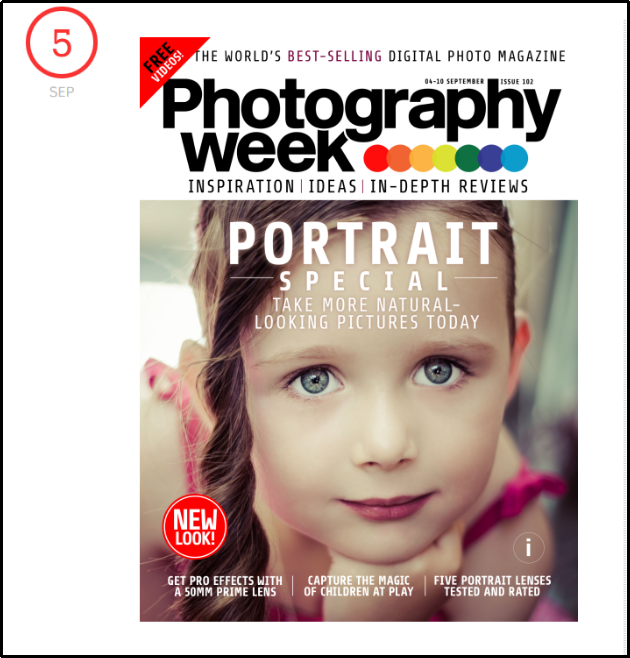
This UK-based site, which was originally created to showcase photographs of the University of Cambridge by the site’s author, Sean McHugh, is an online learning community for photographers of all stripes.
Unlike sites that are more blog-like, with articles ranging over a wide variety of topics, Cambridge in Colour is divided into three sections: Tools, Tutorials, and Forums. This makes it easier to navigate than many other sites.

If you’re interested in wildlife or nature photography, this site is for you. Full of articles on microphotography, photography ethics, photographing natural phenomena like the Aurora Borealis, and more, PhotoNaturalist has a lot to offer anyone who’s interested in capturing the beauty of nature.

This massive resource library could keep the novice or experienced photographer busy for weeks. No matter what you’re looking for, you can find it here: inspiration for your next photo shoot, technical tips for shooting in difficult circumstances, reviews of the latest gear, and more.

This beautifully designed site features photographs and blog posts by Greg Brave, a photographer living in Melbourne, Australia. It’s a great site to visit if you want a personal take on what it’s like being a photographer, photographing your travels, and other fun topics.
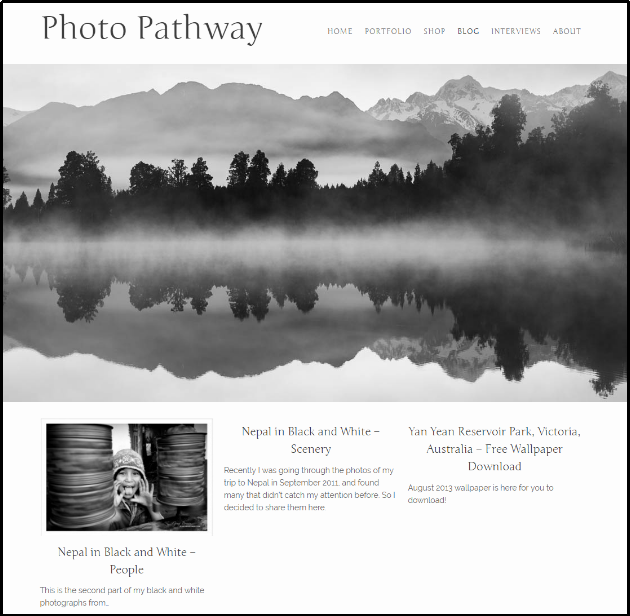
We hope these sites give you the inspiration and know-how you need to make your photographs even better. And when you’ve achieved that perfect shot, try sharing it with friends and family on one of our Nixplay Cloud WiFi Digital Frames!


